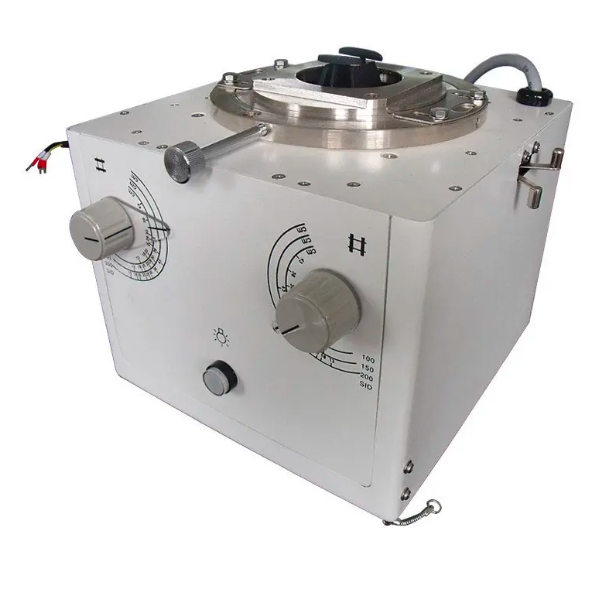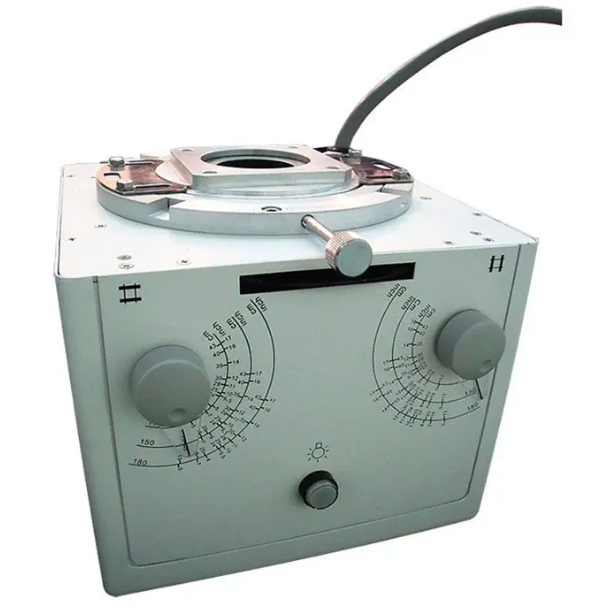In the field of medical imaging, X-ray collimators play a vital role in delivering precise X-ray beams to patients. These devices control the size, shape and direction of the X-ray beam to ensure optimal diagnostic imaging. While manual X-ray collimators have long been the standard, advances in technology have led to innovative alternatives that are revolutionizing the field. This article explores the future of manual and non-manual X-ray collimators.
Importance of manual X-ray collimators:
Manual X-ray collimators have been in use for decades and are still widely prevalent in medical imaging facilities worldwide. These collimators consist of a series of adjustable lead shutters that confine the X-ray beam to the desired size and shape. The simple operation of the manual collimator allows radiologists to precisely control the X-ray beam, reducing unnecessary radiation exposure of patients.
Advances in manual X-ray collimators:
While manual collimators have served the medical community well, recent advances have enhanced their capabilities. Newer models feature smooth and precise shutter movement, which better shields them from unwanted radiation. The ergonomic design and user-friendly interface further enhances radiologist efficiency and ease of use.
Beyond manual X-ray collimators:
In recent years, manual X-ray collimators have faced increasing competition from alternative technologies offering automated functions and higher precision. An example is the advent of motorized X-ray collimators. These innovative devices consist of motorized shutters controlled by computer software. They increase accuracy and reduce the risk of human error, resulting in consistently high-quality X-ray images.
Another future-oriented development is the introduction of digital X-ray collimators. These collimators use advanced sensors and imaging technology to automatically detect and adjust the size and shape of the X-ray beam to the patient's anatomy. This automated approach ensures optimal imaging while minimizing radiation exposure. Digital collimators also have the advantage of remote control and data integration, enabling seamless integration with electronic medical records.
The Future of Artificial Intelligence (AI):
Looking ahead, the integration of artificial intelligence (AI) brings great potential to X-ray collimators. AI algorithms can analyze patient data, such as medical history and anatomical variations, to guide the collimator in real time. The ability to adjust the X-ray beam to individual patient characteristics will result in unrivaled accuracy and efficiency.
in conclusion:
As technology continues to advance, the future looks bright for X-ray collimators. While manual collimators remain an integral part of medical imaging, the advent of motorized collimators and digital technology is rapidly changing the landscape. Furthermore, the potential integration of artificial intelligence algorithms holds great promise for revolutionizing the field of X-ray collimation. With continued research and development, the future of X-ray collimators promises improved diagnostic imaging capabilities, improved patient safety, and ultimately better healthcare outcomes.
Post time: Sep-08-2023



